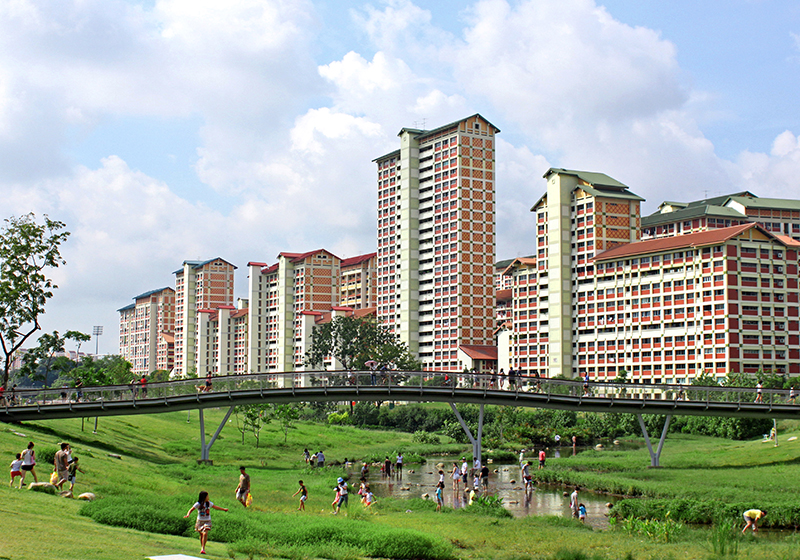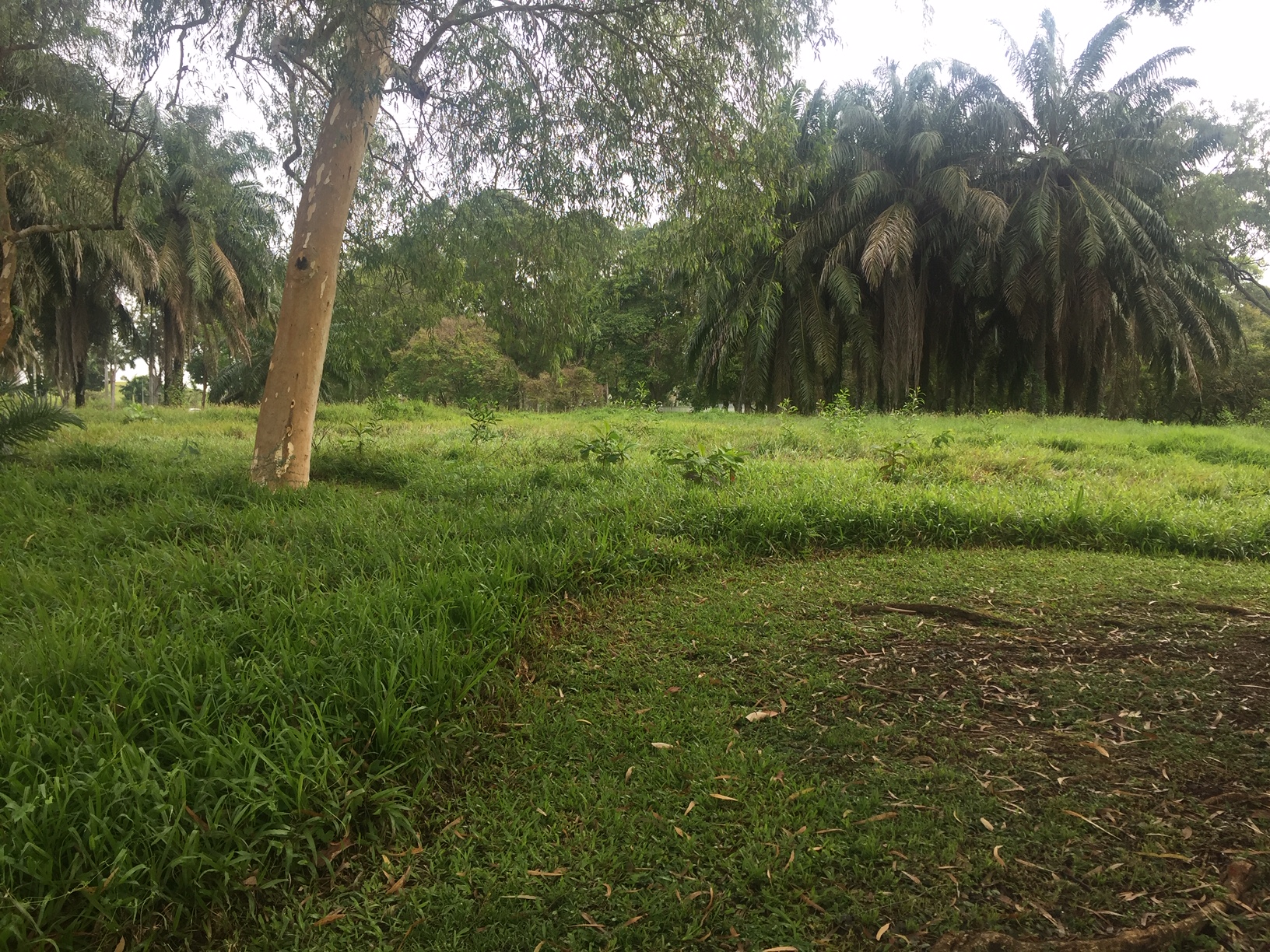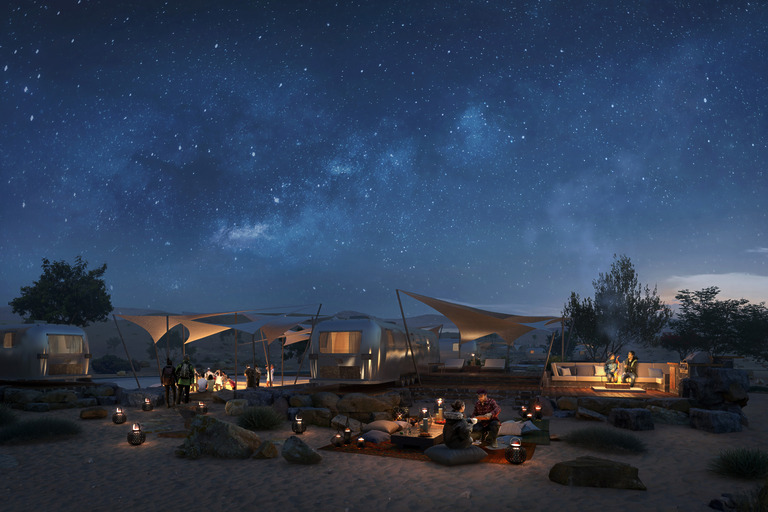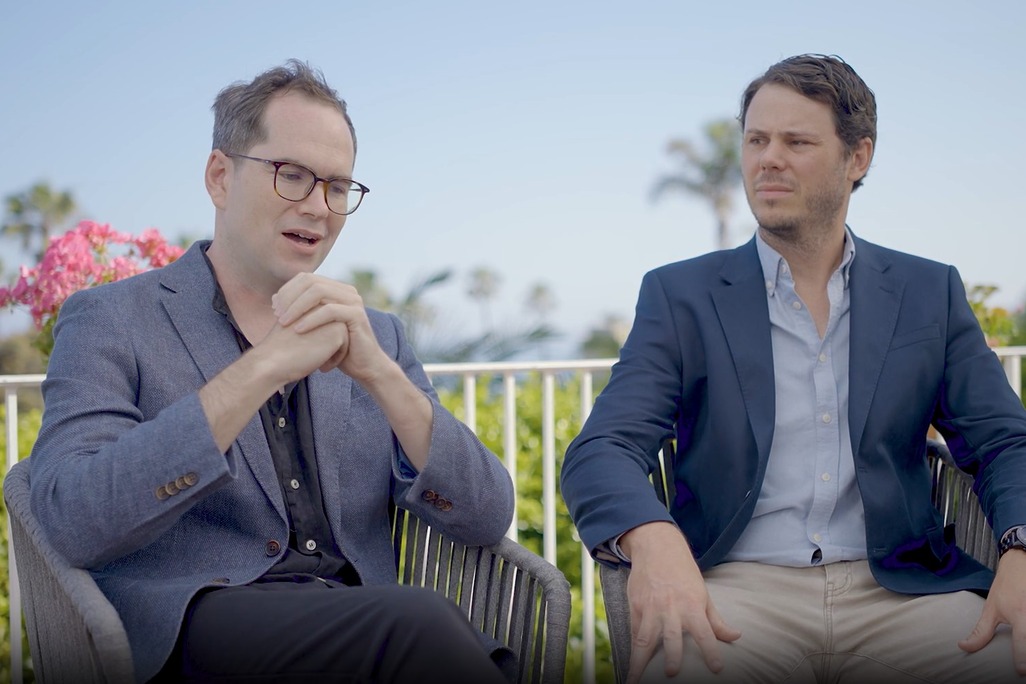Reawakened landscapes and their impact on planet, profitability and people
By Robert Day
April 9, 2021
Spring returns every year with a sense of reawakening, but in 2021 that sense is pronounced as we mark a full year of living within a global pandemic. In many cities, the impact of modern lifestyles on the environment has been made more visible by our forced retreat away from the public realm. Once manicured parks and public open spaces have returned to a more natural state of growth. Grass is no longer mowed weekly nor plants tightly trimmed. Native trees and shrubs are re-establishing themselves and have begun to take over. But this does not mean dereliction or the creation of attractors for anti-social uses. Instead, it is deliberate holistic and resilient design – humans working with nature within our increasingly artificial urban environments – truly achieving its goal.
I call these “reawakened landscapes,” and they present nearly limitless opportunities and a long list of benefits, including:
- Neighborhood parks with increased biodiversity and natural beauty; a more natural backdrop to outdoor activities such as farmers’ markets, fitness, dining, relaxing, and meditating.
- A linked network of open spaces for walking and biking for both recreation and commuting, as we’ve designed with our Green Block models for London and New York City.
- Improved rainwater management, erosion control and water retention storage.
- Increased wildlife, butterfly, honeybee, and bird habitats; increased opportunities for scientific study, learning labs and/or outdoor classrooms with schools and universities.
- Reduced costs due to decreased reliance on labor and irrigation.
- Reduced noise and air pollution caused by trucks, lawn mowers, trimmers and leaf blowers.
- Improved social wellbeing and community pride; reduced stress and anxiety.
In many cities, the impact of modern lifestyles on the environment has been made more visible by our forced retreat away from the public realm.

Bishan-Ang Mo Kio Park, one of Singapore’s largest green spaces
Sited in urban gardens and parks, along roadways, in medians, and on, above, or adjacent to built structures, many reawakened areas cost nothing and can be left to simply grow out with the local range of plants and animals. Climate often dictates this and is easier to achieve in the tropics, while colder areas with shorter growing seasons require a more patient, long-term approach. Social conditions make a difference too, as they did in Singapore, where last year’s “circuit breaker” period of lockdown led to a labor shortage and reductions in public space maintenance. The garden city grew a little wilder! The positive results caught some by surprise, and almost by accident propelled the country’s City in Nature principles forward.
Whether this reawakening happens quickly or over time, more natural urban landscapes ultimately provide a cost effective, low maintenance green space that’s meaningful and useful.
Other reawakened landscapes require considerable investment, such as Bishan Park, Singapore, or Cheonggyecheon, Seoul, where old concrete water systems have been brought back to life as more natural streams and parks – valuable urban amenities that can be seen and enjoyed by residents and visitors. In both cases, whether this reawakening happens quickly or over time, more natural urban landscapes ultimately provide a cost effective, low maintenance green space that’s meaningful and useful.

Reawakened area with a different maintenance program in Singapore’s East Coast Park
Now is the time to design these landscapes from the start rather than simply letting former urban spaces grow wild on their own. Here’s why:
- Civic budgets are being cut, while costs of maintenance and labor are rising.
- Concerns about the climate and its impact on people and planet are heightened as weather conditions and events become more extreme.
- People are gaining an appreciation of nature and are becoming more aware of the negative impact of highly fertilized and manicured single species monocultures, such as mown grass.
- In addition to causing labor shortages, Covid-19 has also amplified the need for access to nature, fresh air, and open outdoor spaces – underscoring the impact of this access on physical and mental health. We’ve come to appreciate that a city’s green space (or lack thereof) has direct implications on property values and tax revenue, and ultimately on its ability to be self-reliant and resilient.

Bishan-Ang Mo Kio Park, Singapore, from above
Another factor making strategic landscape planning and design more urgent is the increasing use of autonomous vehicles.
Often overlooked as futuristic fantasy, the expanded use of driverless cars has the potential to increase traffic quickly and dramatically as people opt for individual vehicles instead of mass transit – a point that might seem counterintuitive in today’s conversations about declines in individual car ownership (and thus the assumption that cities will enjoy less traffic). Autonomous cars simply become a new form of public transit. As the price of autonomous car ride-hailing decreases (by eliminating the labor costs of drivers), and the price differential narrows between personalized and mass transit, it’s likely that people will opt for the convenience of the personal point-to-point service. Roads, as a result, may need to be widened not only for dedicated pick up and drop off lanes, since dedicated taxi ranks will no longer be applicable, but also simply to accommodate more cars. Residents – and city planners – will seek more green space to balance this out. Meanwhile, parking spaces become less important, and could either be built on (adding more traffic pressure) or turned into networks of interconnected reawakened landscapes.
Done right, reawakened landscapes become low maintenance attractive urban amenities that contribute to the sense of place, creating a place where people want to be, and stay.

Cheonggyecheon in Seoul, South Korea, captured by Ethan Brooke
It is important to consider that reawakened landscapes are intentionally designed to look natural, but not totally wild and unkempt. Litter is removed, plantings are managed, invasive species are kept under control, and green spaces are maintained in order to minimize health risks – avoiding overgrown grasses and stagnant water that breed pests or spread bacteria. A natural look does not equate to an abandoned look, since this would have adverse effects on property values, safety and community pride. This is especially important in areas experiencing depopulation. Done right, reawakened landscapes become low maintenance attractive urban amenities that contribute to the sense of place, creating a place where people want to be, and stay.
As landscape architects, our strategic design interventions ultimately ensure that we’re putting the right plants in the right place in terms of ecology, sustainability, habitat creation, and maintenance. Costs go down and resilience goes up because of good design, not because of lack of care or budget.
Latest Insights
Perspectives, trends, news.

- News |
- Trends
Interior Design Trends 2025: Emotional, Experiential, and Environmentally Conscious Spaces

- News |
- Trends
Interior Design Trends 2025: Emotional, Experiential, and Environmentally Conscious Spaces

- Strategy & Research |
- Trends
2025 Outlook: WATG Advisory predicts the top hospitality trends.

- Strategy & Research |
- Trends
2025 Outlook: WATG Advisory predicts the top hospitality trends.

- Employee Feature
Unlocking Value & Vision: Guy Cooke & Rob Sykes Discuss WATG Advisory’s Bespoke Approach

- Employee Feature
Unlocking Value & Vision: Guy Cooke & Rob Sykes Discuss WATG Advisory’s Bespoke Approach

- Case Study |
- Design Thinking & Innovation
In Conversation: Marcel Damen, General Manager of Rissai Valley, a Ritz-Carlton Reserve

- Case Study |
- Design Thinking & Innovation
